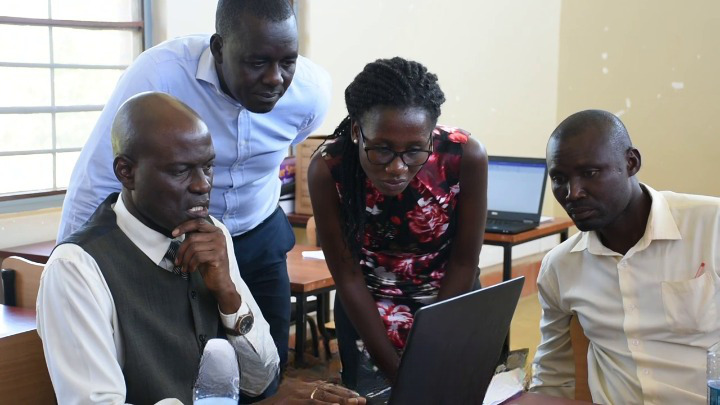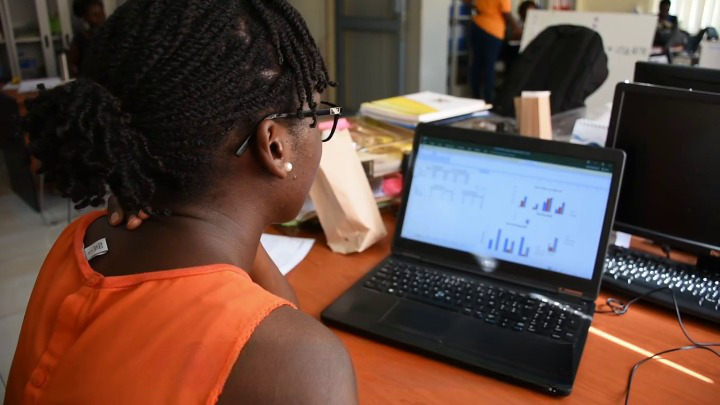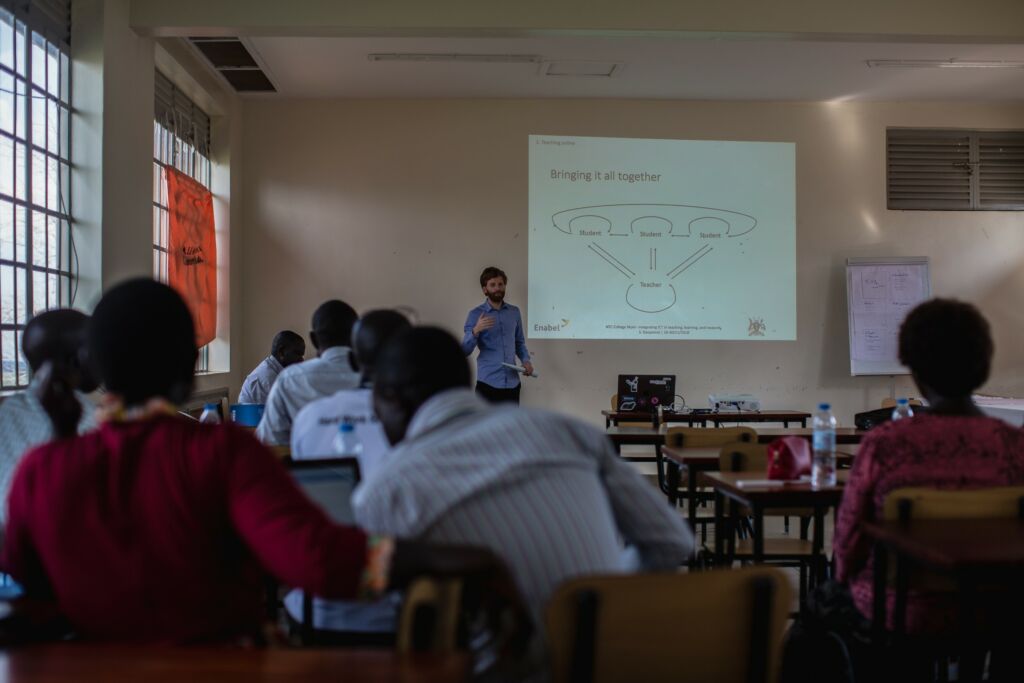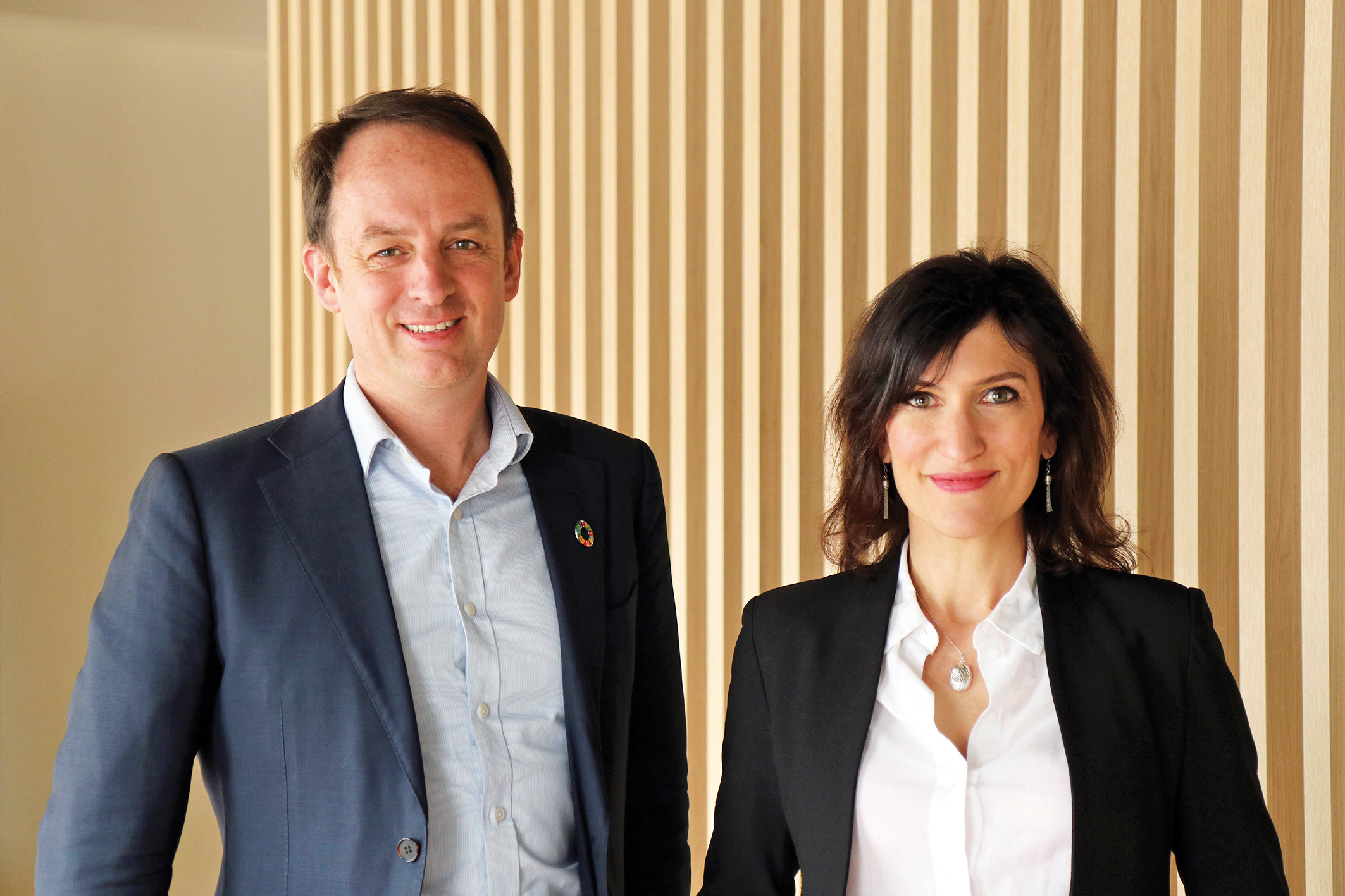Digital Technologies taking Education in Uganda to the next level

All over the world, no less Uganda, digital technologies are becoming an integral part of the education experience. There has been a clear mind-shift from traditional teaching methods to more practical methods involving ICTs in teaching. This focus on ICT solutions has also been extended to the management of Learning institutions.
The Challenge
For a very long time, National Teacher’ Colleges (NTCs) depended on rudimentary approaches for their teaching practices and management systems. When digital education tools like podcasts, screencasts, and Google classroom were introduced to enhance the learning process, no easy way of tracking their usage during lessons existed. This meant that the use of ICT in teaching and learning often depended on the teachers’ willingness to adapt. This was, and to an extent still is, only one of the many challenges that colleges need to face.
Teacher absenteeism, on the other hand, is nothing new. It continues to be one of the drivers of poor academic performance across the African continent. According to the World Bank, an estimated 30 per cent of Uganda’s teachers are not present in classrooms. To address this, colleges had created a simple registration system to track teachers’ attendance. However, since this was a paper-based system, it proved to be insufficient in monitoring daily attendance, as manual extraction of data provided for poor analysis.

Embracing digitalisation: the bottom-up approach
After consulting with the colleges, Enabel and the Ministry of Education and Sports introduced a digital attendance management tool called ‘Time-on-Task’. This move to digitize record keeping has rendered paper a thing of the past.
The tool is designed to monitor NTC staff’s daily attendance through registration and results compilation, focusing on their hours and days in the colleges.
It uses free and open-source software to collect data known as Kobo toolbox which is easily installed on any android mobile device. Moving from paper attendance sheets to a digital format has simplified the collection, analysis and sharing of data on teacher attendance across colleges. A task that previously required a considerable amount of time on the teachers’ part, lining up and signing several recording books which now have all been replaced by a simple click.
How it works
The Time-on-Task tool works both online and offline to capture daily attendance data. Both teaching and non-teaching staff sign in and out using a tablet installed within the college. The sign-in process is brief as the application takes a selfie as a form of signature and registers the time of the selfie. This is now improved with class observations by students focusing on the way teachers teach their class.
How are students’ observations integrated into the system? Student representatives were elected, and they digitally feed data into the tool regarding the teachers’ lesson. This data is compiled by the college and then made readily available to management.
Initially, some teachers did have a negative perception of the tool. To respond to concerns raised, the college management organized a series of meetings with students and teachers to discuss the revised tool. Thanks to this initiative, both students and teachers started to appreciate their roles. Today, teachers realise that this tool can be used to help improve their role as a teacher.
Once staff have performed this step, the data collected is then uploaded to the server every month where it is analysed in Excel by the college secretaries. Once the analysis is finalised, results are then shared with both staff and management of the colleges including the Ministry of Education and Sports -Teacher Education Training and Development (TETD) department. This type of monitoring provides greater assurance to the colleges’ administrators that staff are where they should be, and at the right time.

“Before the introduction of Time-on-task, staff absenteeism rate was very high because as management, we did not have a strong system in place to monitor staff.” Evelyn Lanyero Principal NTC Kaliro.
This simple tool has registered an enormous impact. Since its introduction in May 2019, more and more staff are accepting the tool and using it to register their attendance during school hours. In the first month of its implementation, 26% of the staff across the five National Teachers’ Colleges registered to use the digital tool. 85% of teachers were using it as of December of the same year.
In June 2022, it was redesigned to cater for the quality aspect which included a way to monitor the mode of lesson delivery.
This new update would give much-needed insight to the college management on the number of lessons conducted using different forms of ICT-tools such as Google Classroom, podcasts, videos, screencasts and much more. So far, the tool has recorded over 62 lessons conducted using ICT in July 2022.
“Time-on-task has made us move to 21st-century technology and acquainted us with the usage of digital tools in everyday life.” David Physical Education Lecturer NTC Kaliro.

This kind of success is not only attributed to the introduction of digital innovation but also to the collaborative process of its implementation, especially for the college management, staff responsible and the class coordinators.
Enabel went to great lengths to ensure college staff participation from the beginning, while creating this digital tool. Continuous testing and feedback have resulted in it being updated to suit the needs of the NTCs.
The greatest factor contributing to the adoption of the Time-on-task tool is that teaching staff are understanding its purpose to improve the teaching service, as it opens up opportunities for promotion for them. It has contributed to a positive mind shift towards digitalisation. Due to its efficiency in curbing teacher absenteeism, it has stimulated digital literacy. It has also encouraged the acceptance of digital tools in management, teaching and learning. This includes the use of quick-books for financial management, koha for library management and ICT tools (padlet, Google Drive) for teaching and learning within the college.
Other learning institutions in Uganda are showing high interest in the tool and have requested to have it installed to track the attendance of their staff. One of these is the Muni University which is located a stone’s through away from National Teachers’ College Muni. After witnessing the impact of the Time-on-task in Muni Teachers’ College, they expressed interest in adopting the tool to monitor attendance within the university.
The Ministry of Education and Sports has also adopted this tool to monitor the attendance of staff within the TETD department. Dr Jane Egau the Director of Higher Technical Vocational Education and Training (HTVET) noted an improvement in staff attendance. She said, “It is also our plan to extend it to other institutions because within teaching, time is so important and I think as we train teachers, we need to instil this character in them and this is a perfect tool to lead by example.”
National Teachers’ Colleges (NTCs) today stand as a beacon for digital transformation to many learning institutions in Uganda. With support from Enabel, the colleges continue to advance as centres of excellence in the teaching profession. This is supported by the Enabel Teacher Training Education Project in partnership with the Ministry of Education and sports. It is also in line with the strategic priorities of the Digital for Development (D4D) policy by the Belgian development cooperation.
At a glance
- The TTE project reaches over 3,744 (DES) students and 221 teachers.
- It is implemented in 5 National Teachers’ Colleges across the country in Muni, Kabale, Kaliro, Unyama and Mubende.
- Budget 15.5 million €, with the bridging covering 7.5 million €.
- 3,801 NTC students and teachers have completed the Technology Enhanced Learning online course.







